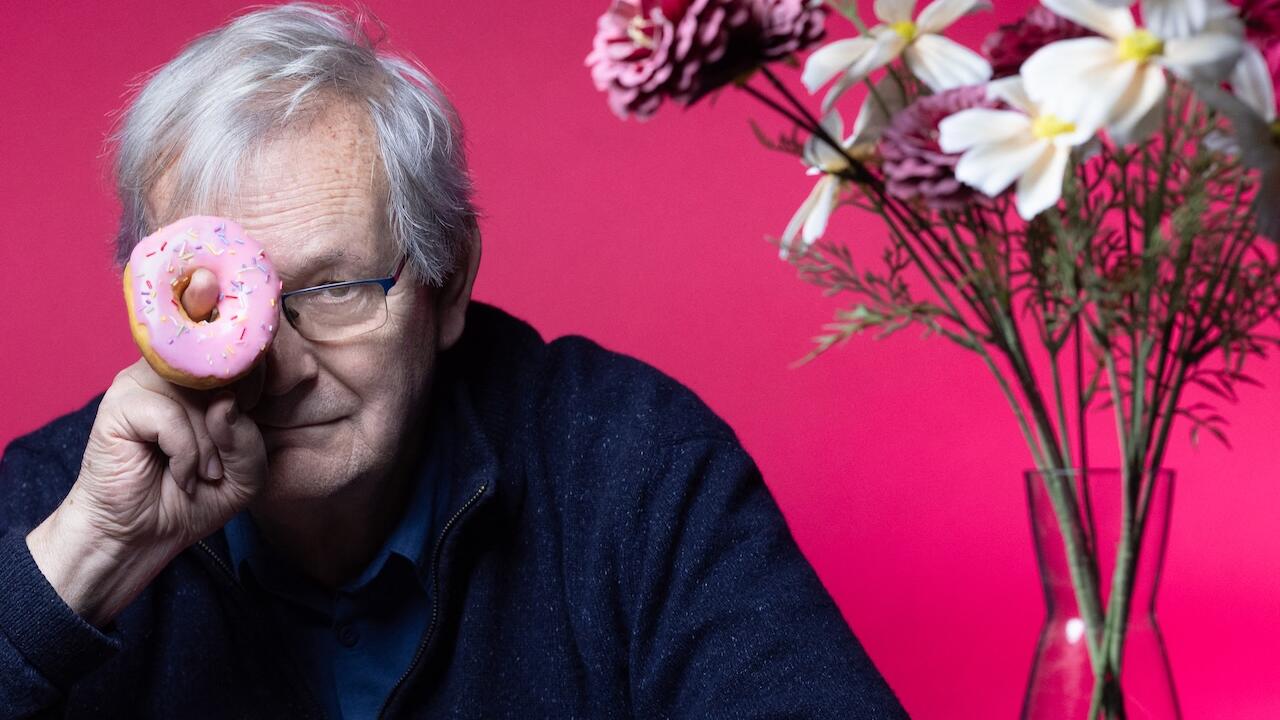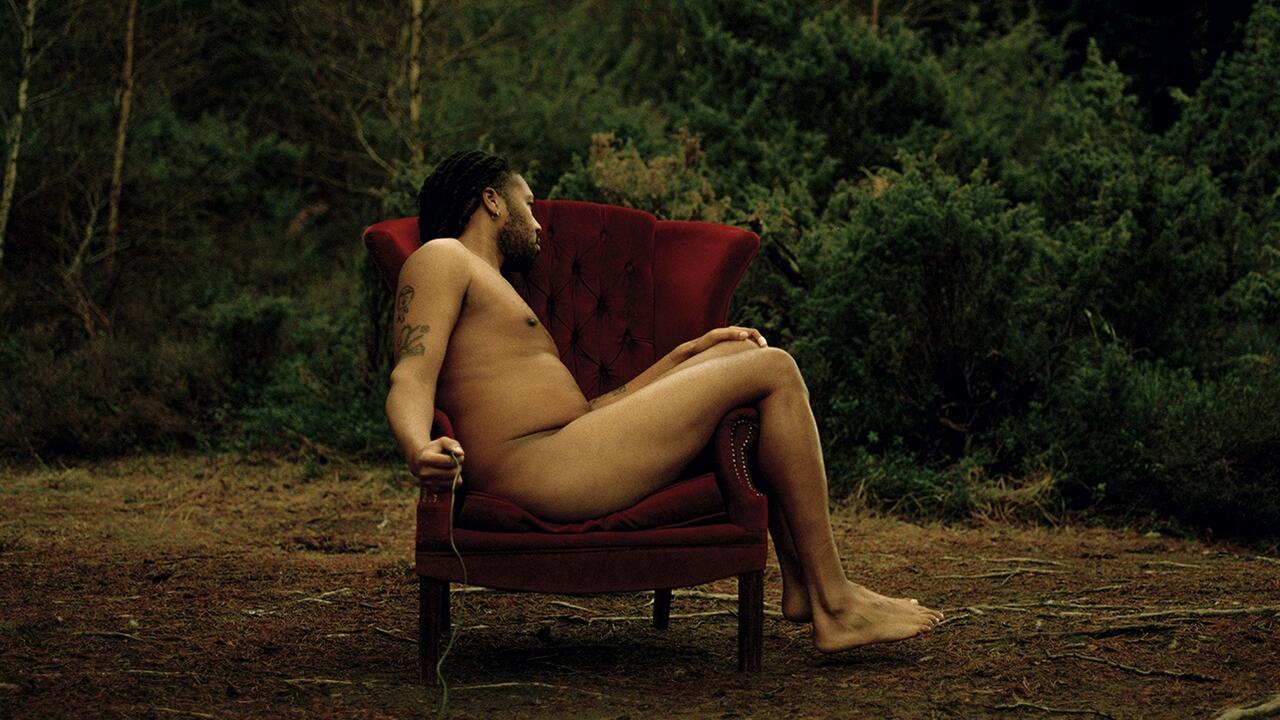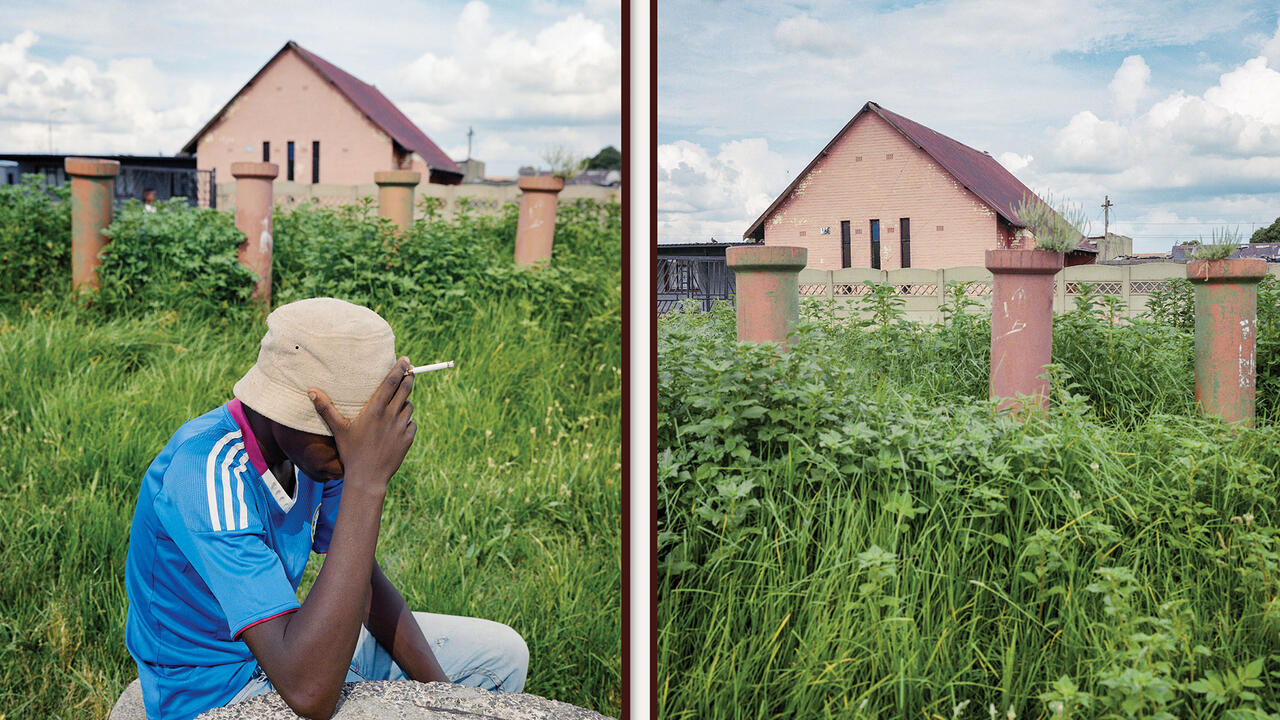The Political Power of Photographic Archives
Lewis Bush on the troubling histories of photographic archives as organisations face resignations and revelations about the contents of their collections
Lewis Bush on the troubling histories of photographic archives as organisations face resignations and revelations about the contents of their collections

Photojournalism puts a premium on immediacy and proximity, exemplified by Robert Capa’s dictum in Slightly out of Focus (1947): ‘If your pictures aren’t good enough, you aren’t close enough.’ While the pace of photojournalism is driven by a constantly shifting news cycle, the photographs that result gradually accrue in archives as history.
Recently, the field has been troubled by revelations about the archive of the agency Magnum, which Capa co-founded in 1947. Individuals parsing this archive have unearthed problematic images, including ones that appear to identify child victims of sexual abuse, while other photographs have been found to be tagged with metadata that uses derogatory and potentially libellous language about those depicted. These revelations arrived during a wider reckoning for Magnum, triggered by the resignation of long-time member David Alan Harvey, shortly after the agency voted to expel him following an investigation that confirmed multiple allegations of inappropriate behaviour.

Archives are often regarded as benign tools. In reality, they are the product of particular histories. They have always been sites of power, a fact underscored by the etymology of the word, which derives from arkheion – the name given to the home of the chief magistrates in ancient Greek city states. All documents of law were kept by the archon and he alone interpreted their meaning. Archives later became indispensable to the centralization of power because they allowed absolutist monarchs to intimately know their domains, which were too vast to be experienced first-hand. Photographic archives matured with the development of modern policing, both of which were employed to pacify and control the urban poor. As Allan Sekula noted in The Body and the Archive (1986), amongst all the instruments of domination to be invented in the modern era, one of the most powerful wasn’t the repeating rifle or the ironclad gunboat, but the filing cabinet.
Photographic archives played another important role in the project to legitimize and bolster imperial rule, as curator and academic Mark Sealy’s research reveals in Decolonizing the Camera (2015). The British Empire accumulated vast quantities of documents over three centuries, many of which, as the historian Ian Cobain recounts in The History Thieves (2016), were secretly destroyed as colonized states gained independence. British civil servants burned and then dumped the ashes of their archives at sea, while retaining a select few documents.

Although archives can be sites of (often unaccountable) authority, these examples illustrate how they can also readily challenge power. Firstly, through their ability to redress the historical record, by accounting for those who lived with little power or visibility, but whose presence remains, almost by accident, trapped in archives like insects in amber. Secondly, archives challenge power because, seen openly and critically, they offer a chance to look inside – and bring some accountability to – the cultures that created them. Magnum’s self-avowed aim, per their website, is loyalty to ‘values of uncompromising excellence, truth, respect and independence’ but scrutiny of their archive reveals that, as well as being a home to photographers who have sought this goal, it has also harboured images by those who did not.
The problem for organizations like Magnum, is that an archive, by its nature, creates a relationship between the things it contains. Accumulations of imagery made in a specific moment and for a specific reason do not remain anchored in that moment: they go forward in time, and the meaning of the contents of an archive are constantly being altered by their relationships to each other. The photographers who have sought to live up to Magnum’s founding ideals have become inextricably tied to those who, arguably, haven’t. The photojournalism of Phillip Jones Griffiths is inevitably read partly in terms of its co-location alongside the work of Martin Parr, despite the former once describing the latter in a 1994 letter to Magnum members as ‘the dedicated enemy of everything I believe in’.
In May, Magnum pledged to review its archive. While this is welcome, the real challenge is to stop viewing their archives as merely an accumulation of random images or neutral repositories of information. We need to become more comfortable with the idea of studying the contents of archives and archives themselves by asking why they exist, and what they tell us – good and bad – about the organizations and cultures that create them.






















